24H Competition 16th ed. “raWar” winners rethink the war bunker
By Justine Testado|
Tuesday, May 9, 2017
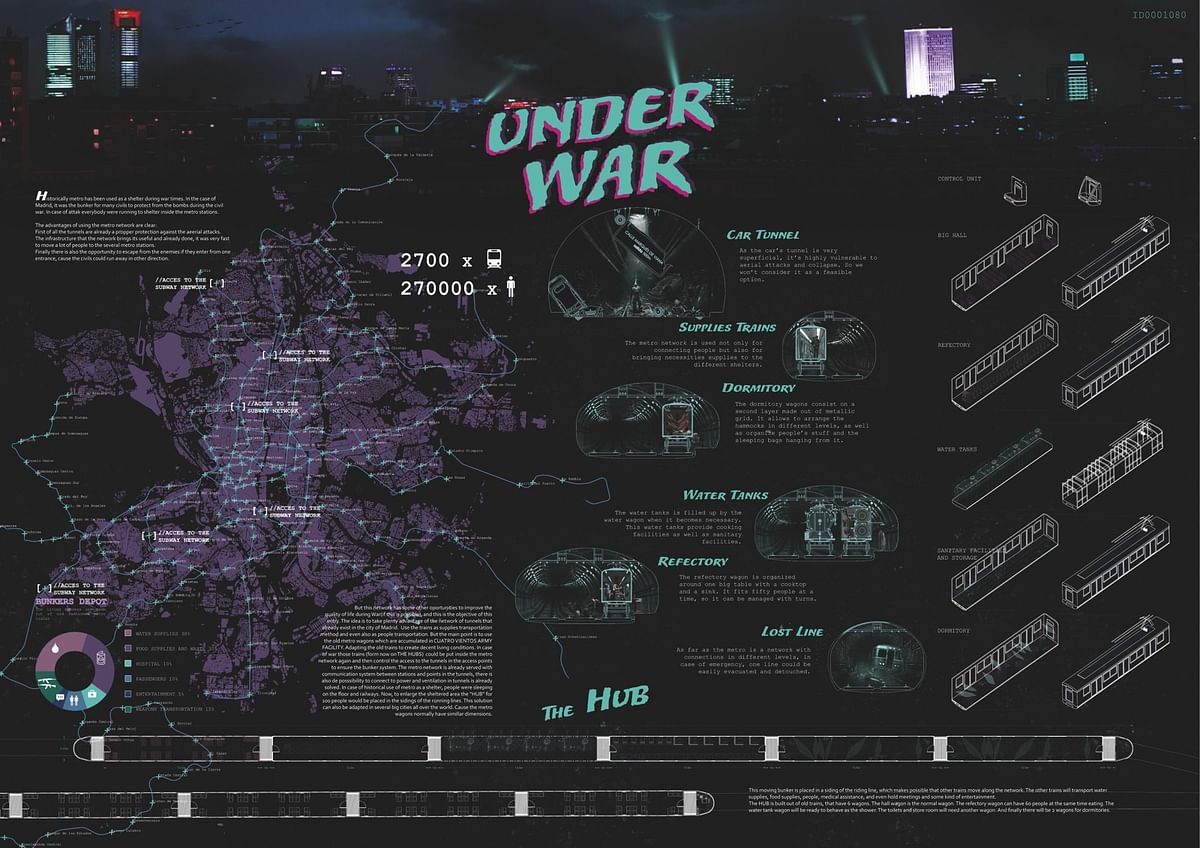
Related
Ideasforward revealed the winning ideas of the 16th edition of the 24H Competition, “raWar”. Like in every installment of the ideas competition, once the prompt is revealed, participants race against the clock to complete and submit their proposals all within 24 hours.
The scenario for this edition took on the more solemn topic of the survival of civilians caught in war conflict. Once the competition prompt was unveiled, architects around the globe had to design a temporary bunker that can be quickly replicated to provide emergency refuge for civilians whose city is under attack.
At the end of the competition, the jury selected the three prize winners and seven honorable mentions. Check them out below.

1st place: Adela Rodríguez, Pablo López, Andrea Fernández, Eva Gil. City: Madrid. Country: Spain
Selection of jury comments:
“The authors combined historical precedent and planning on an urban scale to envision a truly applicable and city-wide concept of a distributed network that makes use of existing infrastructure, applies architectural thinking to mobile structures, reuses decommissioned assets, and can easily be repeated and deployed in various cities with existing subway systems around the world. ” — Alexander Walter
“At first, the presentation seemed a bit complex because of the dark background, but the concept is simple, clear, well thought out and well-illustrated. The background is actually very representative of the dark circumstances of a war and the reality of the lack of natural light in the tunnels. It answers all of the requisites in the competition program, and presents a quite feasible solution, as it takes full advantage of already existing infrastructures.” — Rui Pinto Gonçalves
“The second function of the subway as shelter is setting at the design stage, all infrastructure, necessary for survival in harsh conditions is planning. The proposed project will improve quality of life in the underground space and breathe a new life into old train's park. Trains like modular mini-hotels will allow to provide a comfortable environment wherever necessary. Because of modularity this system can scale, and due to the mobility it's allow to be where people are desperate need in it.” — Maria Malitskaya

2nd Place: Patricia Uslé Serra. City: Madrid. Country: Spain
Jury comments:
“The proposal stands out for the beauty of the language of the representation. The whole solution is developed taking advantage of the meeting room and the program is developed in a beautiful gesture that involves the hall as an integrated whole.” — Andreia Garcia
“This panel has the capacity of clearly and succinctly present an idea that focuses on the wellbeing of the people running from the destruction on the outside, and especially on the wellbeing of the children – a central, wide open space is created, a naturally lit and ventilated space. The other program requisites are also considered, even though not very developed. The view upward is a powerful image of hope in dire circumstances.” — Rui Pinto Gonçalves
“Highly conceptual in its approach, the entry refuses to surrender to the terrors of war and being forced into an existence underground away from daylight -- a central, great oculus remains open to the sky and symbolizes the dreams and hopes of continued peaceful life on the surface.” — Alexander Walter

3rd Place: Arnaud Charoy, Ferdinand Klopfer, Moritz Gnädinger, Justus Ullmann. City: Aachen. Country: Germany
Jury comments:
“Amazing. The idea of a subterranean building that seems to be a industry got my attention. Also the entrance it’s not visible from the air that helps to not be seen from the sky. The design uses catching colours and the use of schematic drawings helps to understand the idea.” Rafael González del Castillo Sancho
“This is the most complex of the three winning proposals and is well represented in architectural terms. It is appropriate for the city in which it is implemented – each bunker is accessible from above ground, through the clever pool draining system in emergency situations, remaining hidden and visually pleasant in its river bed park surroundings in peacetime. It uses the metro system for connecting all bunkers, and as alternative access to people and supplies from any point in the city during wartime.” — Rui Pinto Gonçalves
“The submission combines existing infrastructural facilities, such as parks, ponds, and metro tunnels, with added bunker clusters that form a distributed network across the city, easily accessible for all its citizens. The design of the bunker and its access points keeps them out of sight during peacetime and allows for rapid deployment during times of crisis and war.” — Alexander Walter
Don't forget about the honorable mentions in the image gallery! Or check out previous 24H Competitions in the links below.
The raWar jury featured: Alexander Walter, Rafael González del Castillo Sancho, Andreia Garcia, Maria Malitskaya, Rui Pinto Gonçalves
All images courtesy of Ideasforward.
RELATED COMPETITION 24h competition 16th edition - raWar

RELATED NEWS 24H Competition “Mythology” winners envision a temple for the Gods of Olympus

RELATED NEWS The winning “water village” entries of the 24H Competition 14th ed. “H2O”

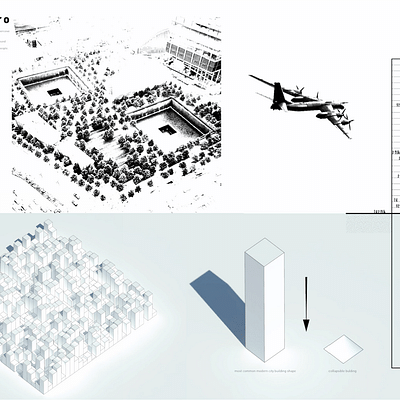
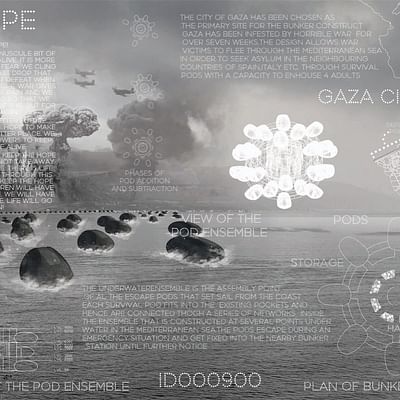
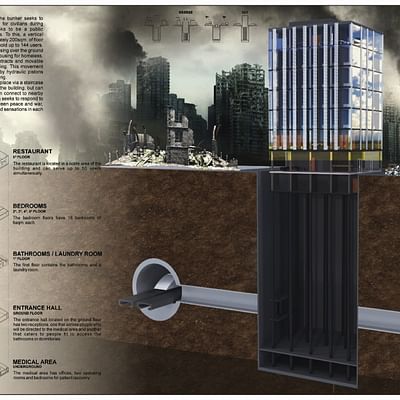
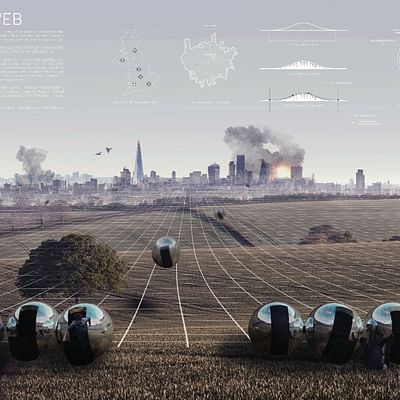

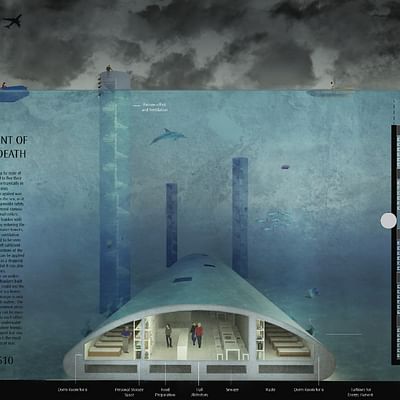


Share
0 Comments
Comment as :